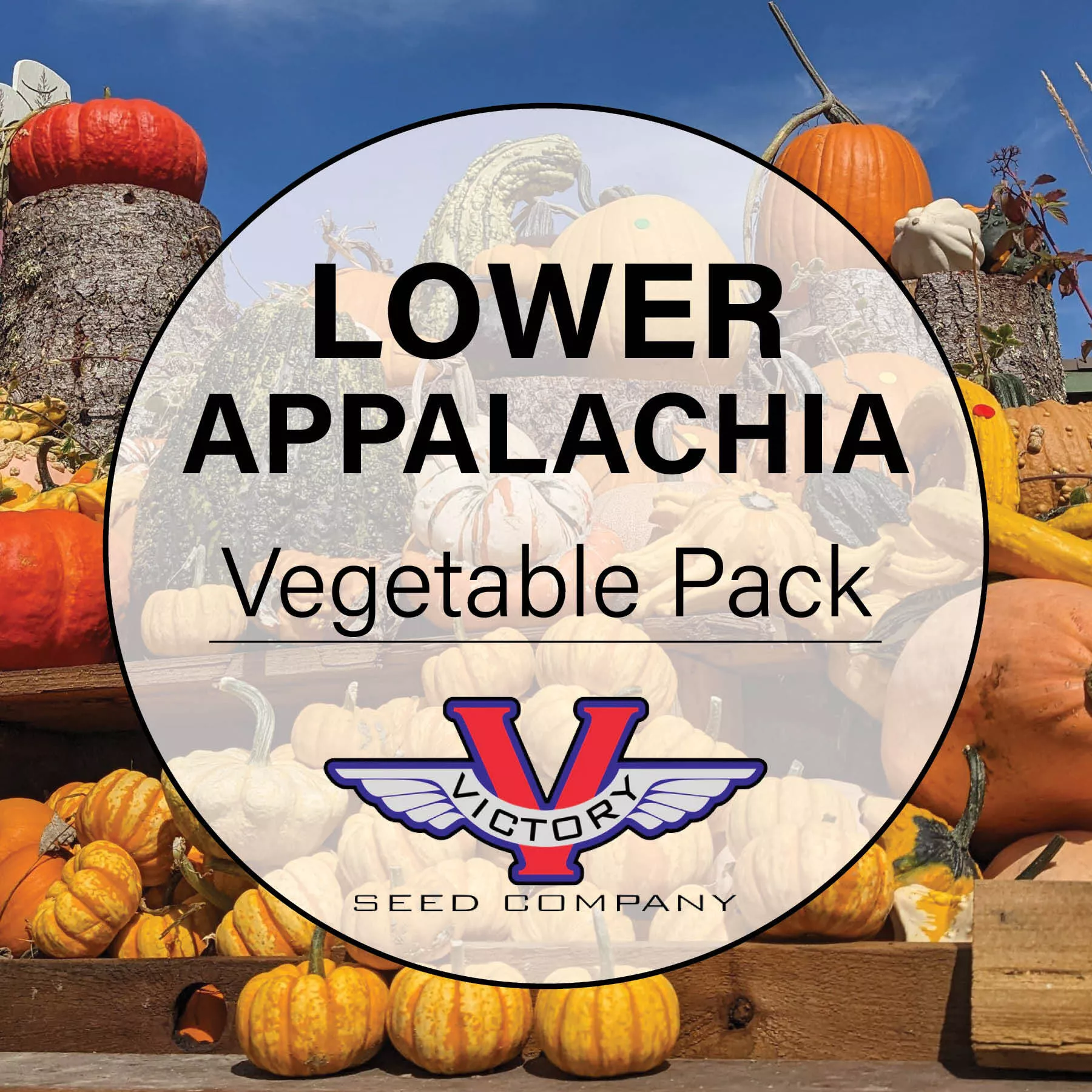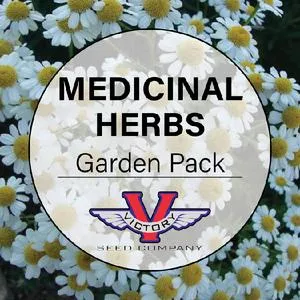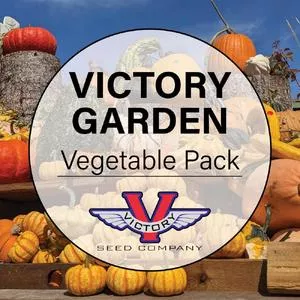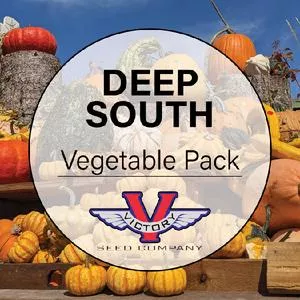Lower Appalachia Vegetable Garden Pack
Price: $99.95
SKU: 30096091We have chosen our favorite and best-selling varieties for Lower Appalachia (centered around East Tennessee) and made them available in this convenient collection.
Place a single order for this item and you will get one packet of each of the items shown below at an overall discount. If you prefer, you can order them individually one by one, by clicking on each item in the list.
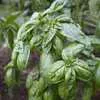 Basil, Italian Large Leaf (Sweet)
Basil, Italian Large Leaf (Sweet)
Sweet basil with large leaves, perfect for pesto and Italian dishes, thrives in full sun.
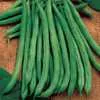 Blue Lake 274 Bush Green Garden Bean
Blue Lake 274 Bush Green Garden Bean
A canner's favorite green snap bean.
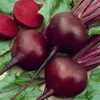 Detroit Dark Red Beet
Detroit Dark Red Beet
Renowned for its sweet, tender roots and versatile use.
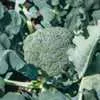 Di Ciccio Broccoli
Di Ciccio Broccoli
An old Italian heirloom broccoli. Compact plants.
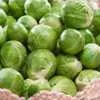 Catskill Brussels Sprouts
Catskill Brussels Sprouts
Large, dark-green and firm sprouts.
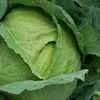 All Seasons Cabbage
All Seasons Cabbage
Heat resistant, fine-flavored and produces good, hard heads.
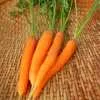 Little Fingers Carrot
Little Fingers Carrot
Deep-orange, tender carrots with smooth skin.
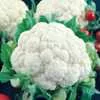 Snowball Self-Blanching Cauliflower
Snowball Self-Blanching Cauliflower
Self-blanching cauliflower with large leaves and mild flavor.
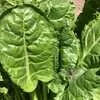 Perpetual Swiss Chard
Perpetual Swiss Chard
Very hardy being resistant to drought, bolting, and later in the season, to frost.
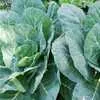 Georgia (Southern) Collards
Georgia (Southern) Collards
Heat and cold tolerant; slow to bolt. Non-heading, juicy blue-green, wavy leaves will stand light freezing which improves their cabbage-like flavor.
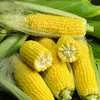 Golden Bantam Sweet Corn
Golden Bantam Sweet Corn
The most popular yellow sweet corn among home gardener's since the beginning of the twentieth century.
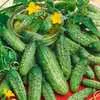 Boston Pickling Improved Cucumber
Boston Pickling Improved Cucumber
Blocky, bright green fruits. Perfect for pickling.
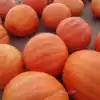 Big Max Pumpkin
Big Max Pumpkin
Commonly grow to 50 to 70 pounds. A good pumpkin for pies.
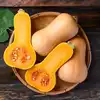 Waltham Butternut Winter Squash
Waltham Butternut Winter Squash
Light tan, 7-9 inches long with a thick neck.
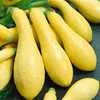 Early Prolific Straightneck Summer Squash
Early Prolific Straightneck Summer Squash
The fruits taper towards the stem end and are a nice lemon yellow color.
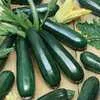 Dark Green Zucchini Summer Squash
Dark Green Zucchini Summer Squash
The fruit are straight, smooth, mottled dark green.
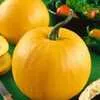 Small Sugar Pumpkin
Small Sugar Pumpkin
Outstanding for processing and pumpkin pies.
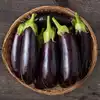 Diamond Eggplant
Diamond Eggplant
Versatile eggplant with sweet flavor, deep purple fruit, and abundant yield.
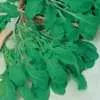 Arugula
Arugula
Spicy-flavored and versatile, this cool-weather green enhances salads, soups, and sauces.
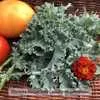 Dwarf Blue Curled Scotch Kale (Vates)
Dwarf Blue Curled Scotch Kale (Vates)
Leaves are finely curled, bluish green, low growing.
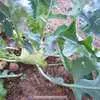 Early White Vienna Kohlrabi
Early White Vienna Kohlrabi
Very sweet and mild, creamy-white, tastes like a mild turnip.
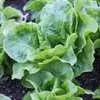 Buttercrunch Bibb Lettuce
Buttercrunch Bibb Lettuce
Long standing, heat tolerant, and dark green with reddish tints.
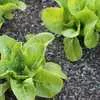 All The Year Round Butterhead Lettuce
All The Year Round Butterhead Lettuce
Medium sized heads stay firm and solid even in hot weather.
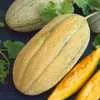 Banana Melon
Banana Melon
It resembles a giant, 18 to 24 inch long banana.
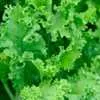 Southern Giant Curled Mustard Greens
Southern Giant Curled Mustard Greens
Large oval leaves with fringing of the edges. Slow to bolt.
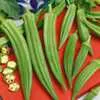 Clemson Spineless 80 Okra
Clemson Spineless 80 Okra
Plants grow 3 to 5 feet tall developing deep-green, straight and spineless ribbed 6 to 9 inch pods. One of the most popular okra varieties.
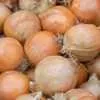 Yellow Sweet Spanish Onion
Yellow Sweet Spanish Onion
'Yellow Sweet Spanish' onions can grow extra large, are straw colored with white flesh that is mild and sweet flavored.
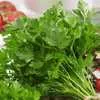 Italian Parsley
Italian Parsley
Deeply cut, dark green leaves with rich flavor, ideal for garnishes, soups, and herbal remedies.
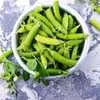 Sugar Snap Pea
Sugar Snap Pea
Vigorous, tall vines produce tasty and tender pods when young.
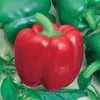 California Wonder (Bell) Pepper
California Wonder (Bell) Pepper
The flesh is thick, mild and sweet flavored.
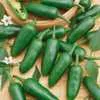 Jalapeno Hot Pepper
Jalapeno Hot Pepper
Dark green, tapered peppers. Good for pickling or fresh.
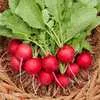 Cherry Belle Radish
Cherry Belle Radish
Quick growing, globe shaped radish with bright red skin and crisp, firm, white flesh.
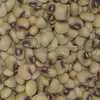 Pinkeye Purple Hull BVR Southern Pea
Pinkeye Purple Hull BVR Southern Pea
Early-maturing, virus-resistant pea with easy-to-pick purple pods.
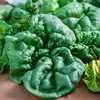 Bloomsdale Longstanding Spinach
Bloomsdale Longstanding Spinach
Early, dark green, crumpled leaves can be sown in spring or fall.
 Sunflower, Giant Greystripe
Sunflower, Giant Greystripe
Used as a snack, or add to bread, rolls, or as a topping to a green salad.
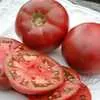 Cherokee Purple Tomato
Cherokee Purple Tomato
80 days, indeterminate, large dark pink-purple fruit with complex flavor, ideal for slicing.
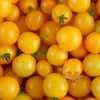 Dwarf Eagle Smiley Tomato
Dwarf Eagle Smiley Tomato
60 days, dwarf plants produce clusters of bright yellow, intensely sweet, one-ounce cherry tomatoes.
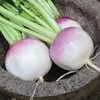 Purple Top White Globe Turnip
Purple Top White Globe Turnip
Round roots that are bright purple on the upper part and white below.
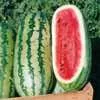 Georgia Rattlesnake Watermelon
Georgia Rattlesnake Watermelon
Old Southern variety dating back to at least the mid-1800s. Bright-scarlet, crisp and sweet flesh.
Place a single order for this item and you will get one packet of each of the items shown below at an overall discount. If you prefer, you can order them individually one by one, by clicking on each item in the list.
 Basil, Italian Large Leaf (Sweet)
Basil, Italian Large Leaf (Sweet)Sweet basil with large leaves, perfect for pesto and Italian dishes, thrives in full sun.
 Blue Lake 274 Bush Green Garden Bean
Blue Lake 274 Bush Green Garden BeanA canner's favorite green snap bean.
 Detroit Dark Red Beet
Detroit Dark Red BeetRenowned for its sweet, tender roots and versatile use.
 Di Ciccio Broccoli
Di Ciccio BroccoliAn old Italian heirloom broccoli. Compact plants.
 Catskill Brussels Sprouts
Catskill Brussels SproutsLarge, dark-green and firm sprouts.
 All Seasons Cabbage
All Seasons CabbageHeat resistant, fine-flavored and produces good, hard heads.
 Little Fingers Carrot
Little Fingers CarrotDeep-orange, tender carrots with smooth skin.
 Snowball Self-Blanching Cauliflower
Snowball Self-Blanching CauliflowerSelf-blanching cauliflower with large leaves and mild flavor.
 Perpetual Swiss Chard
Perpetual Swiss ChardVery hardy being resistant to drought, bolting, and later in the season, to frost.
 Georgia (Southern) Collards
Georgia (Southern) CollardsHeat and cold tolerant; slow to bolt. Non-heading, juicy blue-green, wavy leaves will stand light freezing which improves their cabbage-like flavor.
 Golden Bantam Sweet Corn
Golden Bantam Sweet CornThe most popular yellow sweet corn among home gardener's since the beginning of the twentieth century.
 Boston Pickling Improved Cucumber
Boston Pickling Improved CucumberBlocky, bright green fruits. Perfect for pickling.
 Big Max Pumpkin
Big Max PumpkinCommonly grow to 50 to 70 pounds. A good pumpkin for pies.
 Waltham Butternut Winter Squash
Waltham Butternut Winter SquashLight tan, 7-9 inches long with a thick neck.
 Early Prolific Straightneck Summer Squash
Early Prolific Straightneck Summer SquashThe fruits taper towards the stem end and are a nice lemon yellow color.
 Dark Green Zucchini Summer Squash
Dark Green Zucchini Summer SquashThe fruit are straight, smooth, mottled dark green.
 Small Sugar Pumpkin
Small Sugar PumpkinOutstanding for processing and pumpkin pies.
 Diamond Eggplant
Diamond EggplantVersatile eggplant with sweet flavor, deep purple fruit, and abundant yield.
 Arugula
ArugulaSpicy-flavored and versatile, this cool-weather green enhances salads, soups, and sauces.
 Dwarf Blue Curled Scotch Kale (Vates)
Dwarf Blue Curled Scotch Kale (Vates)Leaves are finely curled, bluish green, low growing.
 Early White Vienna Kohlrabi
Early White Vienna KohlrabiVery sweet and mild, creamy-white, tastes like a mild turnip.
 Buttercrunch Bibb Lettuce
Buttercrunch Bibb LettuceLong standing, heat tolerant, and dark green with reddish tints.
 All The Year Round Butterhead Lettuce
All The Year Round Butterhead LettuceMedium sized heads stay firm and solid even in hot weather.
 Banana Melon
Banana MelonIt resembles a giant, 18 to 24 inch long banana.
 Southern Giant Curled Mustard Greens
Southern Giant Curled Mustard GreensLarge oval leaves with fringing of the edges. Slow to bolt.
 Clemson Spineless 80 Okra
Clemson Spineless 80 OkraPlants grow 3 to 5 feet tall developing deep-green, straight and spineless ribbed 6 to 9 inch pods. One of the most popular okra varieties.
 Yellow Sweet Spanish Onion
Yellow Sweet Spanish Onion'Yellow Sweet Spanish' onions can grow extra large, are straw colored with white flesh that is mild and sweet flavored.
 Italian Parsley
Italian ParsleyDeeply cut, dark green leaves with rich flavor, ideal for garnishes, soups, and herbal remedies.
 Sugar Snap Pea
Sugar Snap PeaVigorous, tall vines produce tasty and tender pods when young.
 California Wonder (Bell) Pepper
California Wonder (Bell) PepperThe flesh is thick, mild and sweet flavored.
 Jalapeno Hot Pepper
Jalapeno Hot PepperDark green, tapered peppers. Good for pickling or fresh.
 Cherry Belle Radish
Cherry Belle RadishQuick growing, globe shaped radish with bright red skin and crisp, firm, white flesh.
 Pinkeye Purple Hull BVR Southern Pea
Pinkeye Purple Hull BVR Southern PeaEarly-maturing, virus-resistant pea with easy-to-pick purple pods.
 Bloomsdale Longstanding Spinach
Bloomsdale Longstanding SpinachEarly, dark green, crumpled leaves can be sown in spring or fall.
 Sunflower, Giant Greystripe
Sunflower, Giant GreystripeUsed as a snack, or add to bread, rolls, or as a topping to a green salad.
 Cherokee Purple Tomato
Cherokee Purple Tomato80 days, indeterminate, large dark pink-purple fruit with complex flavor, ideal for slicing.
 Dwarf Eagle Smiley Tomato
Dwarf Eagle Smiley Tomato60 days, dwarf plants produce clusters of bright yellow, intensely sweet, one-ounce cherry tomatoes.
 Purple Top White Globe Turnip
Purple Top White Globe TurnipRound roots that are bright purple on the upper part and white below.
 Georgia Rattlesnake Watermelon
Georgia Rattlesnake WatermelonOld Southern variety dating back to at least the mid-1800s. Bright-scarlet, crisp and sweet flesh.
Customer Reviews:
Do you have experience with this one? 📝 📣 Write a review!
No reviews have been posted yet.

